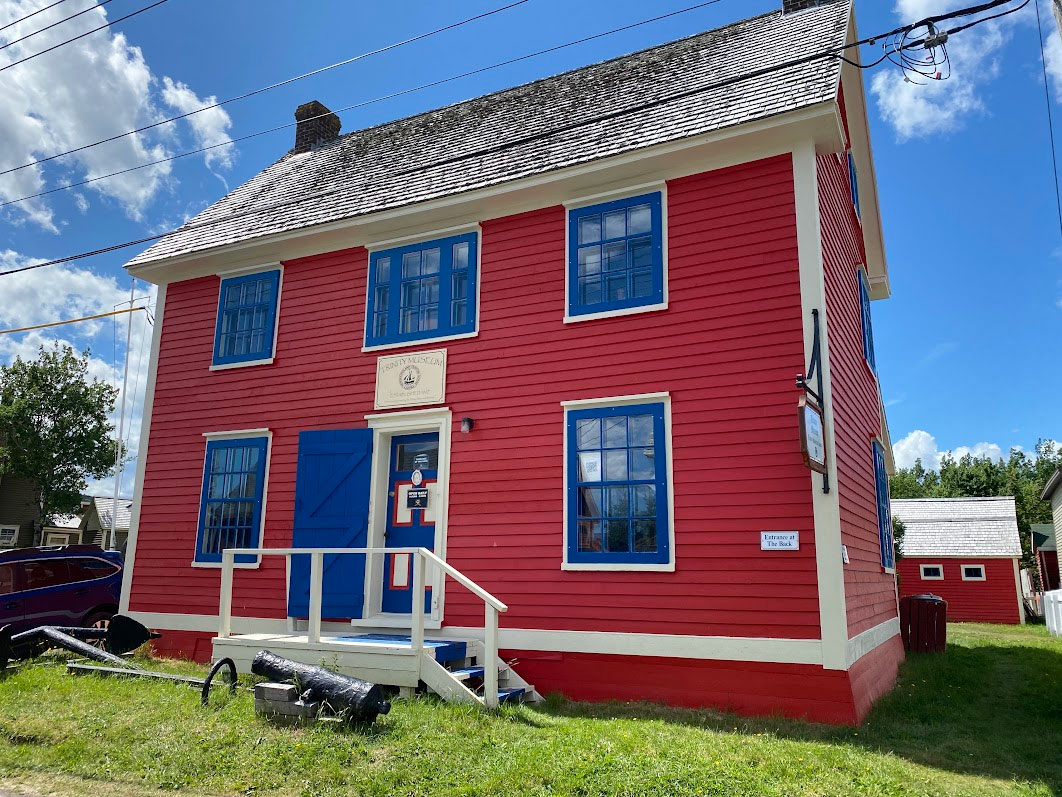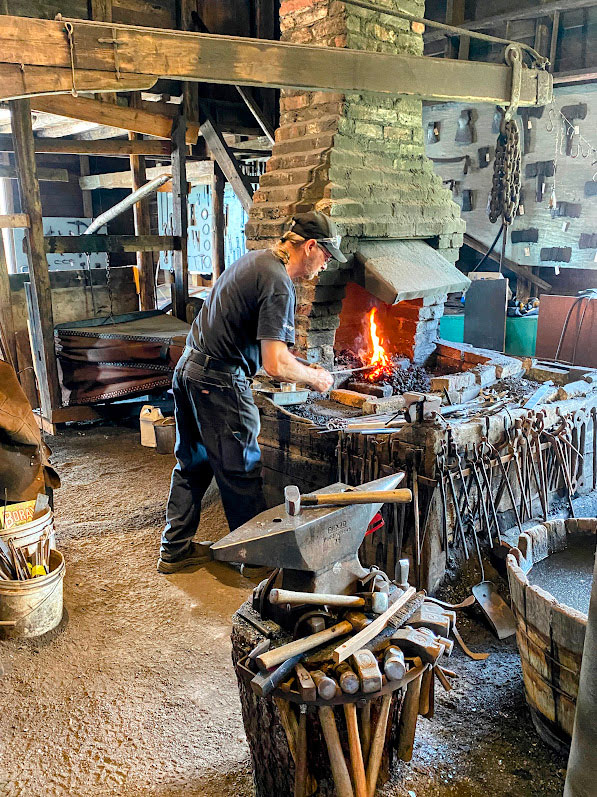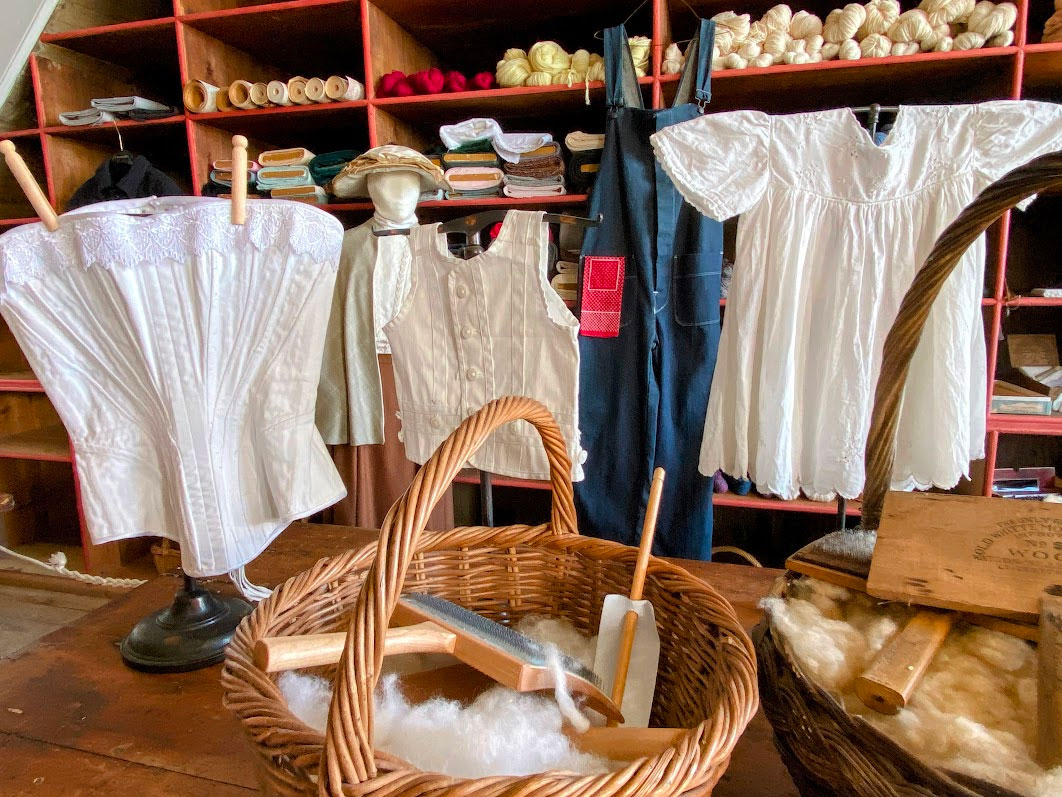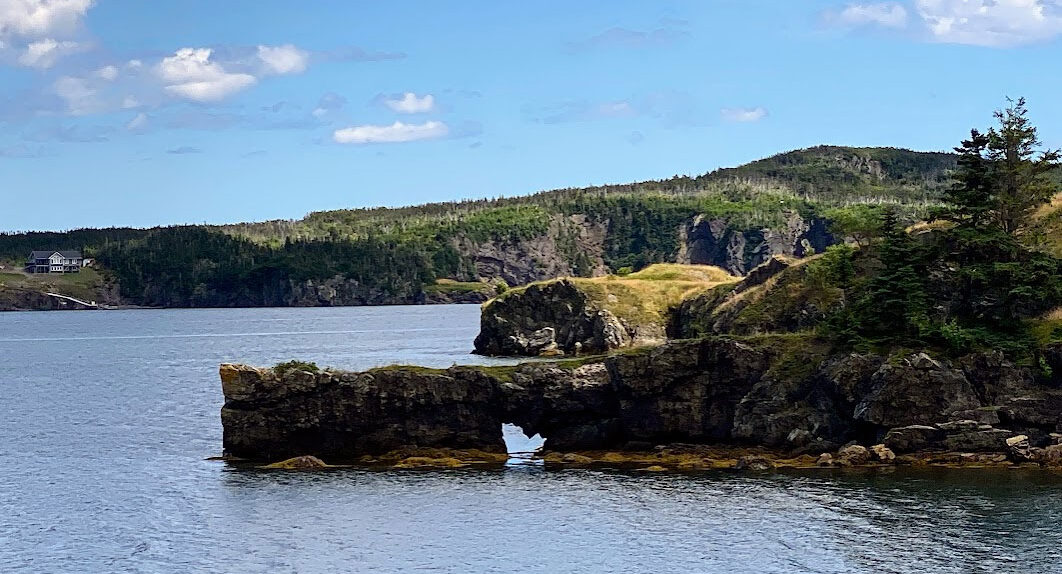On this free day, I joined Fred and Robin who like to visit museums. Luckily, so do I.
Port Union
First we stopped in the town of Port Union, the only union built town in North America. The town was the base for the Fishermen’s Protective Union. In the 1800’s and early 1900’s, merchants did not pay cash for fish but instead advanced to the fishermen staple goods at an inflated price on credit and then took the fishermen’s cured fish at the end of the season at rates determined by the merchant This Truck system kept most fishermen in perpetual debt to the merchant.
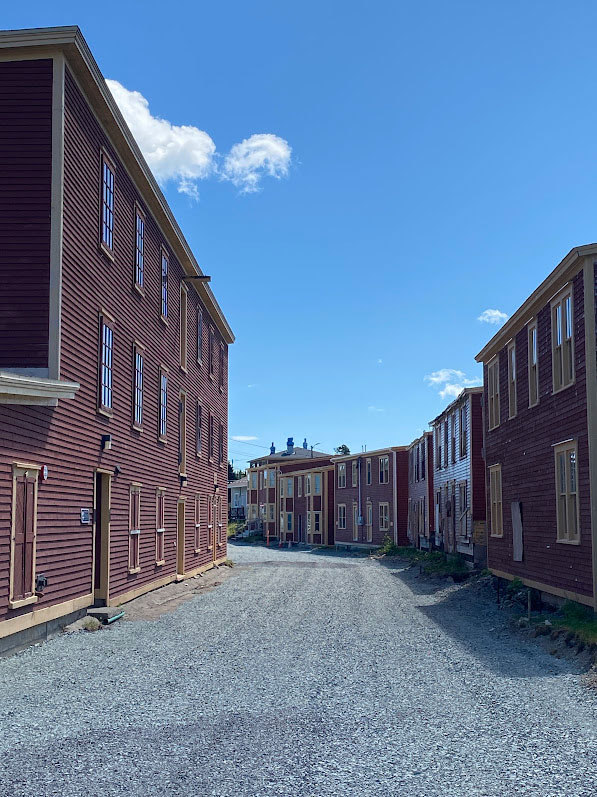
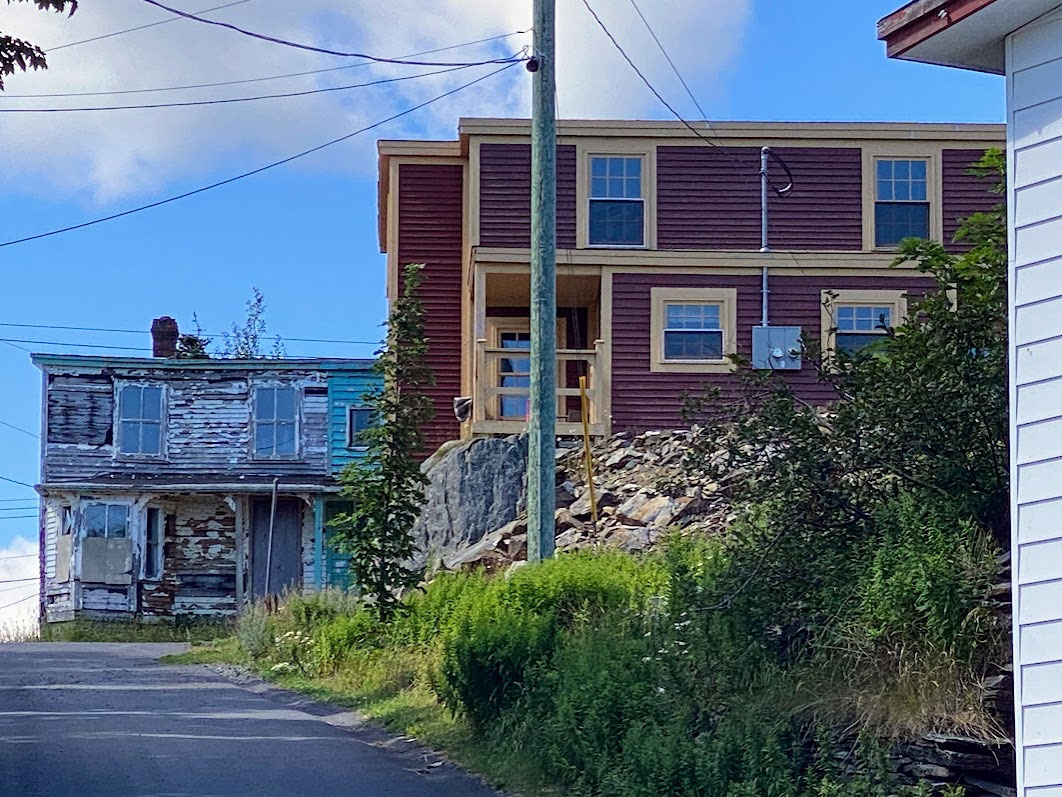

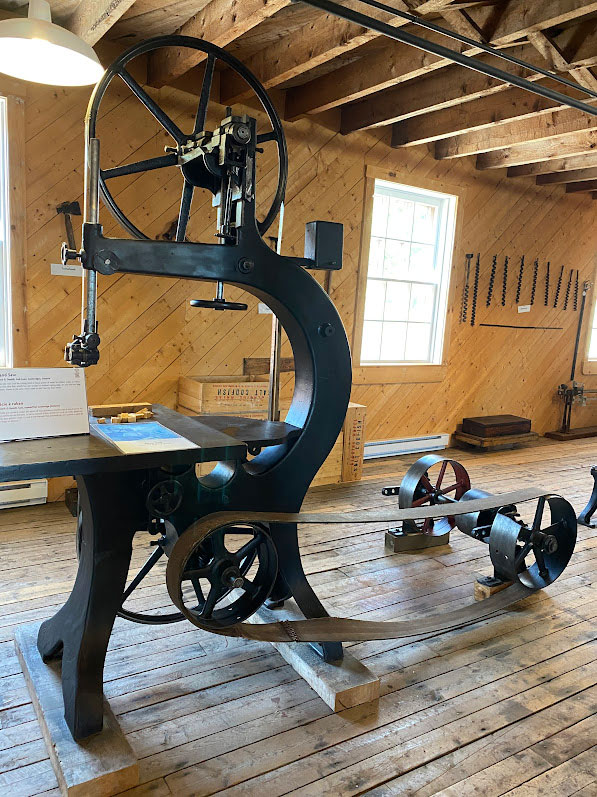
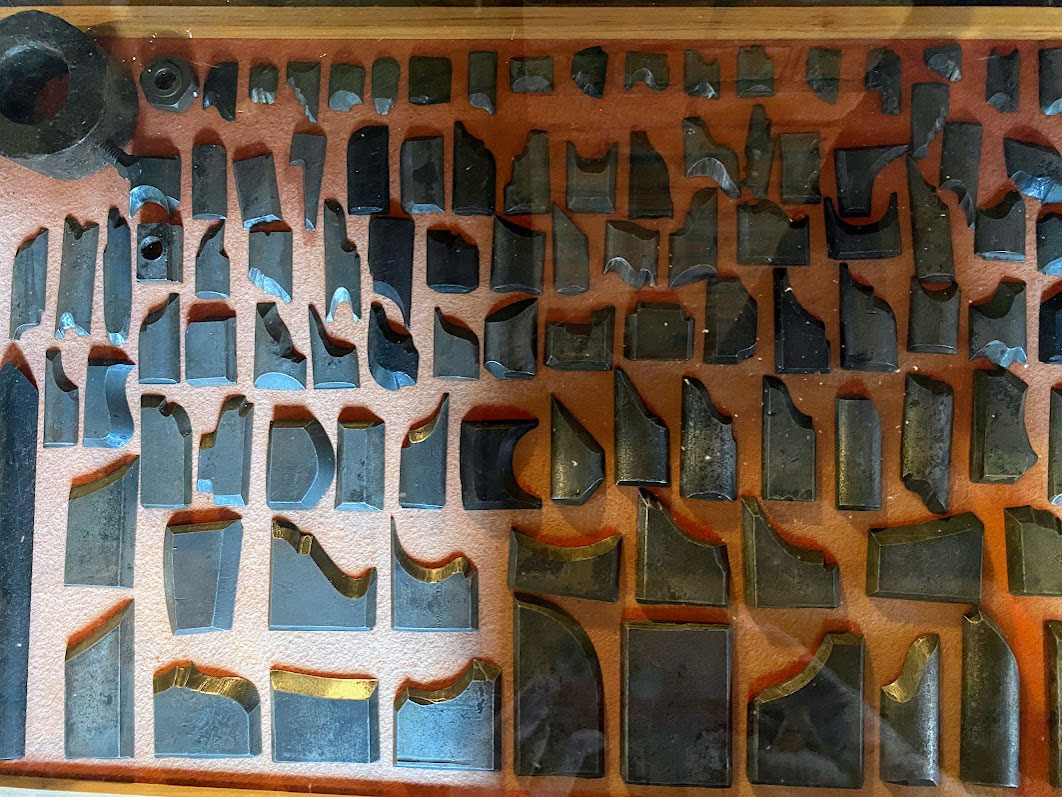
Then in among all the Union related stuff, one finds this fossil exhibit. On the shore of this Union town was found this 560 million year old fossil, which may be the oldest fossil found in the world. Its importance because contains the oldest evidence of muscle tissue ever found. Everything earlier was soft bodied amoeba, coral and jellyfish type animals. This predates the previous walking fish fossil by quite a bit.
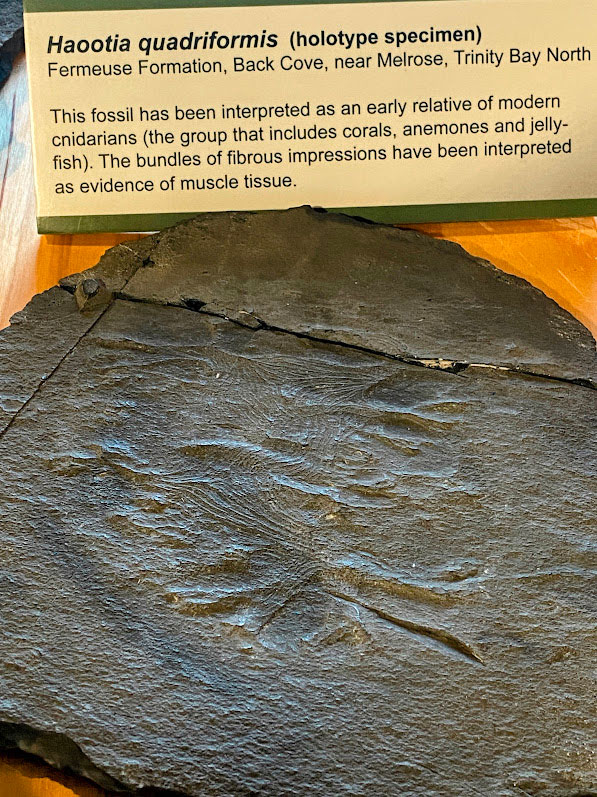
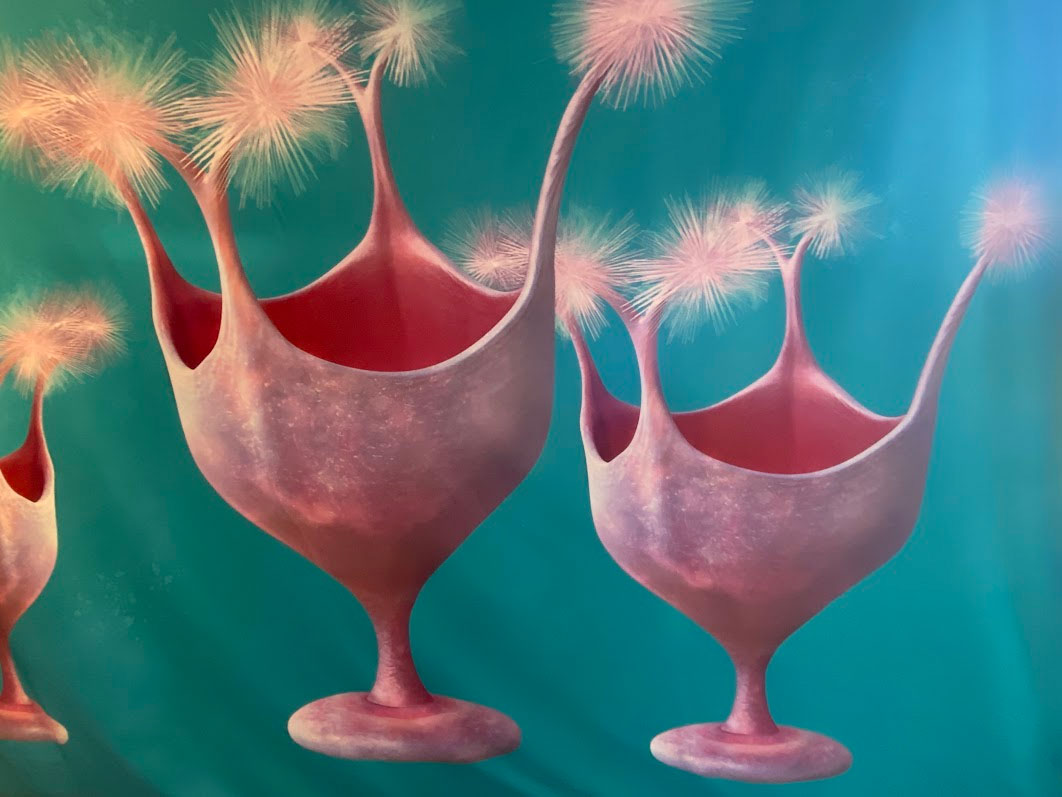
The geology of Newfoundland is so fascinating. One could plan an entire trip around just discovering the geological sites on this island. This is in contrast to learning about Newfoundland’s fishing history. I have not included here yet, but it is mentioned at almost every stop how the Canadian government banned cod fishing in 1992, and crippled Newfoundland’s economy. A lot of people left the island because they couldn’t fish or work in the fish plants. The ban was partially lifted only this year, which is why I was able to go cod fishing. Some of the people are returning, we are meeting a lot of them in the tourist industry, which is picking up after COVID – bus and boat tours, concerts, whale watching, puffin watching, restaurants, RV campgrounds. There are at least 4 Fantasy RV tours on this island right now, and they repeats these tours 4 times a season. There is another RV company like Fantasy doing the same thing, plus we’ve run into multiple bus tours and cruise ships stopping in St Johns.
Trinity
The next stop was a series of historic buildings in Trinity, Newfoundland. This is an old fishing village and they’ve preserved several buildings here to show what it was like.
